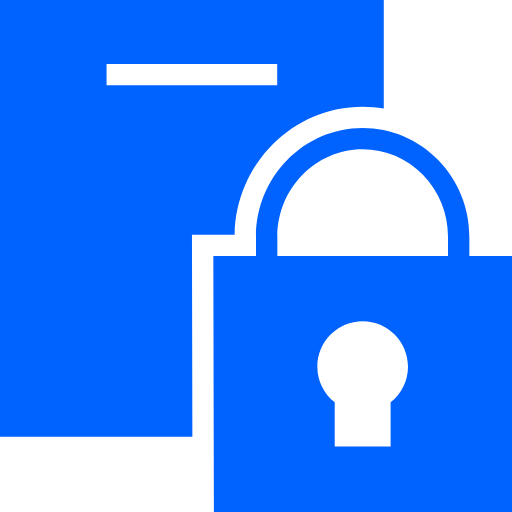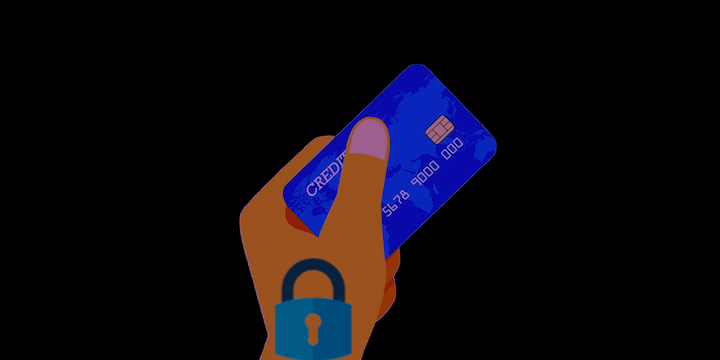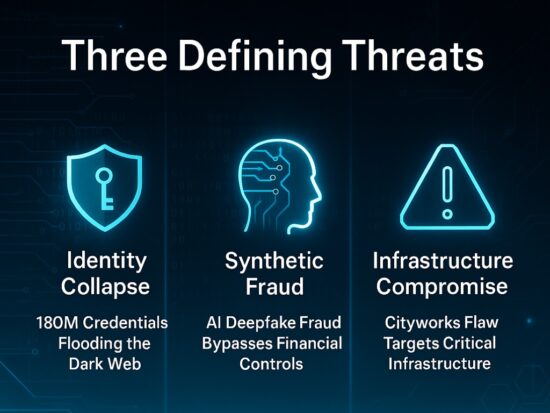Ever wondered if your credit card’s gone rogue, lost in the shuffle, or swiped by identity thieves? Fear not! In this article, we’ll steer you through the steps to regain control and secure your account in these nail-biting scenarios.
Credit cards have revolutionized the way we handle transactions, making our lives more convenient and secure. However, with the rise of digital transactions, the risk of unauthorized access, fraudulent purchases, lost or stolen cards, and identity theft has also increased. To protect yourself and your hard-earned money, it’s essential to know how to lock your credit card and take appropriate actions in case of suspicious activity. In this article, we will guide you through the steps to secure your account and regain control in case of any unfortunate incidents.
- Be Proactive: The best defense against credit card fraud and unauthorized access is vigilance. Keep a close eye on your credit card transactions and review your statements regularly. Monitor your account activity through the bank’s website or mobile app. This will help you spot any unusual purchases or activities promptly.
- Setting-up purchase or transaction alert: Take advantage of transaction alert features provided by most credit card issuers through their web or application platforms. Access the alert section of your account and configure transaction alerts for the smallest amount possible, such as $0.01. By setting up alerts through text messages and emails, you can promptly detect any incoming or outgoing transactions, ensuring you stay informed about your credit card activity in real-time.
- Locking Your Credit Card: Most credit card providers offer the option to temporarily lock your card if you suspect any unauthorized activity. By doing so, you prevent any further transactions from occurring until you resolve the issue. Locking your card is a proactive step that can save you from significant financial losses.
- Report Lost or Stolen Cards Immediately: If your credit card is lost or stolen, report it to your card issuer immediately. Many credit card companies have reporting system integrated in their app or web portal, or have 24/7 customer service lines for such emergencies. By reporting the incident promptly, you minimize the risk of unauthorized charges on your account.
- Contact Your Card Issuer for Suspicious Activity: If you notice any suspicious transactions on your credit card statement, contact your card issuer immediately. Explain the situation and provide them with the details of the fraudulent purchases. Most banks have dedicated fraud departments to handle such cases efficiently.
- Freeze Your Account: If you suspect that your credit card has been compromised due to identity theft or a data breach, consider freezing your account. Freezing your account restricts all transactions until you verify your identity and reactivate the card. It prevents fraudsters from making any further unauthorized purchases.
- Initiate a Fraud Dispute: If you notice unauthorized purchases on your credit card, you can dispute those charges by informing your card issuer and requesting a chargeback. Typically, credit card companies thoroughly investigate such cases and refund the disputed amount if they verify the fraudulence. In some instances, certain credit card issuers may offer a conditional fund restoration equal to the charges during the investigation process, providing you with immediate relief.
- Update Passwords and PINs: Regularly update your credit card account passwords and PINs. Use strong, unique passwords, and avoid easily guessable combinations. Additionally, never share your sensitive information with anyone, including family and friends. In the event your account is restored after an incident, practice strong password with combination of upper and lower letters, symbols and numbers.
- Set Up Double Authentication: In today’s digital landscape, implementing dual authentication for account access is crucial in safeguarding against compromises. A recommended approach is to utilize trusted apps like Google Authenticator, Microsoft Authenticator, or similar tools for double authentication. Enabling these security measures adds an extra layer of real-time defense, ensuring that only you can access your account, bolstering its overall security.
Being proactive and taking swift action when you suspect suspicious activity on your credit card is crucial to safeguarding your credit card account and related transaction. By knowing how to lock your credit card, reporting lost or stolen cards on time, and disputing fraudulent charges, you can regain control of your account and protect yourself from potential financial losses. Stay vigilant, update your passwords regularly, use account alerts to monitor your credit card activity, update old password immediately with best password practice, and setup double authentication to further harden your account access. By following these steps, you can enjoy the convenience of credit cards while minimizing the risks associated with unauthorized access and fraud.





